GG-Audio Blue3 v2 [Exciting, Deep] Review
. . . Blue?
If you’re an ol’ skool Hammond maven like I am, you’re expecting to see warm, earthy hues, and graphical textures reminiscent of walnut, cherry, and mahogany woods. Thankfully, these are now the very skin choices within Blue3 v2. And since I've mentioned UI (User Interface) choices, I’m very pleased to report that Blue3’s UI is fully re-sizable between 70 to 200 percent – sure to accommodate most contemporary screen resolutions. Overall, I assess Blue3 v2 to be solid prospect for anyone in need of a good quality tonewheel organ VI (Virtual Instrument). I know many of us have long held GSI’s “VB3” in high regard, considering it to be the de facto standard where modelled tonewheel emulations are concerned. However, Blue3 v2 is a worthy contender and is poised to offer itself as a fit challenger. Priced moderately at $99 (USD), Blue3 won’t break anyone’s bank account, but neither can it be considered a cheap, ‘No brainer’ deal. However, Blue3 v2 does not emulate a single organ – rather, it distinctly models five different tonewheel organs; as well as boasting exquisite, high resolution/retina-ready graphics (resizable, to boot). This VI produces good quality Hammond tones and a convincing rotating speaker (Leslie®) experience. Taking these laudable factors into view, Blue3 v2 rapidly appreciates in value. Let’s flip those Run and Start switches shall we . . .
5 Comments
Overloud Mark Studio 2 [Exciting, Deep] Review
Mark Studio 2 bests its forbearer, Mark Studio 1, by upping the anti from three amp heads and six cabinets to six amps and nine cabinets, respectively. A selection of six modelled close mics is on hand, as is a satisfying (virtual) midi-controllable pedal board layout. Also included in the booty are a couple of front (room) microphones. Polishing off the kit is a built-in precision tuner with optional output mute. All of this bass-a-licious-ness is presented in an easy to use, intuitive UI (User Interface) complete with a robust, simplified preset manager.
A notable change, welcomed by all customers, is whenever a company *lowers* its prices, instead of raising them. This is just such a case in point – Mark Studio 2 offers more, and costs less, than its predecessor, coming in at only € 109/$129 (usd). Mark Studio 1 bore an exorbitant price tag of € 190 a few short years ago. Generous upgrade prices reduce that amount by no less than 40%, and during annual sales events, even more so. Brainworx Bx Consoles E & G Review“With 72 subtly-different modelled channels reproducing the nuances of a large analog console, bx_console E as a mix tool is huge, powerful, and satisfying.”
Ask any experienced, old skool mix-engineer what his/her preference is, in regard to getting “that hit record sound”, and I expect that the answer will most nearly always be the same: “Use a studio-grade analogue recording chain.”. However, this is easier said than done. After all, how many bedroom producers and home studio enthusiasts have access to $150, 000(+) SSL, Harrison or Neve recording desks?
Great strides have been taken within the digital (and computer) domains to achieve some decent approximations of the hallowed large-desk-console sound. By my estimation, one of the first developers to really come up with something good was Waves; back in January of 2006. Mind you, the release price of Waves’ SSL 4000 Collection was steep --peaking the money meter at around $1200 USD! Ouch. There have been others whom have produced some pretty good-sounding plug-ins: Metric Halo, Solid State Logic themselves, Universal Audio, and a few others. However, very few “real” mix engineers, who were well acquainted with the genuine article, were ever highly convinced by said console emulations plug-ins. Then came Dirk Ulrich & the crew, from over at Brainworx, touting their new “Tolerance Modeling Technology” as (hopefully) the definitive solution to everyone’s console emulation quest. Superb “brain work” it certainly was indeed! Not only has Brainworx’s team of programming engineers painstakingly modeled each component in the respective SSL 4000 “E” & “G” series channel strips, they did so across 72 separate channels! The likes had never been done before. This is an exciting development, friends. Stick n’ stay --let’s find out just how good these hopeful accessories are. At full MSRP, bx_Console E and bx_Console G each requires a debit of $299 (USD) from a buyer’s bank account. I realize that $300 bucks is far from cheap, but bundling these high end plug-ins together with other Plugin Alliance dandies will result in goodly discounts. It’s important to note that each one has been on sale for $179 (USD) respectively. Of particular interest, if you buy one or the other of bx Consoles, you can get the alternate version for a low "crossgrade" price of only $99 (USD). Softube Drawmer 1973 [Exciting Reveal] Review
Unlike some of Softube’s other analogue-modelled fare, “Drawmer 1973” is not actually a piece of vintage kit. That said, the “1973” *is a FET design which automatically propels it into the classic, vintage-ish sound category. Drawing from its valve powered predecessor, the “S3” (No puns intended), the “1973” has quickly gained recognition as a superb, mastering-grade, multi-band stereo compressor. Fortunately, it is available at a more affordable price point --this is due in part to a completely new gain-cell design that hasn’t been used on any of Ivor Drawmer’s previous compressors. Sounds spectacular *and* is more affordable!? What’s not to love . . .
I can honestly say, right from the ‘get go’, that this processor is one of the best multi-band compressor plug-ins that I’ve ever used; however, it doesn’t exactly come cheap. At the time of this publication, the MSRP listed on Softube’s web site is a healthy $225 (USD). The good news is that this is $25 less than the year before. Pssst . . . If you’re a keen shopper, Softube does offer good sales every once in a while. *Wink. Compressors of all sorts are becoming “a dime a dozen” now-a-days; what could capture the average home or small studio engineer’s interest enough to make them willing to invest in yet another plug-in? Stick n’ stay – hang out with yours truly for a few minutes, and let’s find out why the Softube Drawmer 1973 is a worthy consideration. Unfiltered Audio Sandman Pro Review
Don’t you just get all a-tingle when you find out about a new Krazy, Kool Delay plug-in? Of course you do! We all do. User forums are replete with tomes and scrolls of fanfare regarding all types of time-based and ambience plug-ins. For good reason. How bland and stale would our tunes be if we didn’t bring them to life with reverbs and delays? Perish the thought!
You know what I mean. There’s the vintage-inspired fare, there are pristine digital taps, there are virtual tape echo machines and most nearly everything else imaginable, available to us now-a-days. Unquestionably, there’s no shortage of delay/echo/multi-tap accessories to choose from. But . . . just when you think that it’s all been said and done, Plug-in Alliance affiliate, “Unfiltered Audio”, unveils one of the vibe-y-est, and most interesting, delay/tap/echo thinga-ma-bob-a-roonies that has even been dreamt up. As with most Plugin Alliance collectibles, Sandman Pro doesn’t exactly come cheap. However, considering that its basic “Classic Tape” mode alone sounds just as good as other dedicated tape delay plug-ins in the same price range, plus all the really, really cool alternate modes if offers, it makes for a very attractively-priced choice -- $99 USD. What are these aforementioned “really, really cool alternate modes”, you ask? Stick n’ stay. Let’s open it up and see what’s inside . . . Softube Tape (Exciting Deep) Review
Things have progressed quite a lot since those days. Most of us have retired our old x86 Windows XP and Vista machines in favor of newer, more powerful, multi-core 64 bit designs. Many of the well-established plug-in makers have developed impressive Tape emulators and these kinds of accessories have now become a fairly common digital audio commodity.
I enjoy throwing ToneBooster’s “TB_ReelBus” on drum tracks. It sounds great, it’s easy to dial in, and it offers plenty of configuration options. What’s more, it can be had for only €20. Other times you’ll find me smiling with satisfaction at the even better executed tape emulation heard in Slate Digital’s “VTM”. That said, I was more than a little intrigued when I received the official press-release concerning Softube’s “Tape”. If “Tape” exuded the same kind of highly convincing analogue vibe that other Softube treasures do, it must be something to behold – er, listen to, rather. *Grin. Softube Tape lists for $99 (USD). I don’t know about you, dear reader, but I’m especially eager to delve into it and find out what everybody’s favorite “Rock-n-Roll Scientists” have come up with this time! Elysia Karacter (Exciting Deep) Review
The question I immediately posed was: “Is this just another ho-hum, hum-drum distortion plug or is the name on its tin aptly deserved?” I’ve been bench-testing Karacter over a period of a few days, comparing it to other Saturation plug-ins that I have on hand, and I’ve concluded that it imparts smooth, controllable harmonic color and character – it does so very nicely indeed.
Karacter is not actually a single plug-in; herein are two iterations of the processor banded together. First, there’s the Mix variant tailored for individual track tasks. Its larger, more feature-laden compadre, Master, is geared towards BUS duties, or even full mix processing. Maybe it’s just my age showing, or perhaps it’s all the time and effort that we engineers have put into trying to “clean” things up, but me thinks that $199 (USD)** is an overly aggressive price point for a Saturation/distortion plug-in. Stick n’ stay – hang out with yours truly for a few minutes, and let’s find out if the steep MSRP price tag is merited. **Excluding Plugin-Alliances special sales and bundle offerings - which by the way, there’s a sale ongoing at the time of this publishing: Get Karacter for $129. Brainworx Rockrack_V3 Review
This is in contrast to the popular and expected methodology of granting guitarists gads of tweaking options through the inclusion of many dozens of amp models, cabinet designs and microphone options. Rockrack Pro sported three über-carefully modeled amps – with a total of five distinct channels – and four cabinet models.
The amp channels were (and still are) discreet modeling of the following: ENGL 530 (Clean and Lead); Marshall JCM800 (Clean and Crunch); and Mesa Boogie Rect-O-verb (Clean and Lead). Gratifying cabinet impulse-responses of a “Marshall 1960 TV”, a “Mesa Boogie 4x12”, an “Orange 2x12” and a “Diezel 4x12” were loaded in – with varied mic configurations. BX Rockrock Pro was capable of delivering big, shimmering cleans, authoritative crunch, and screaming higher-gain leads. It tended towards minimalism and simplicity, yet offered plenty to take its rightful place on any home recordist’s “GO TO” shelf. Fast forwarding to 2017, Brainworx unleashed the bigger, better, bad-assier BX Rockrack_V3. This grown-up, weightier, warrior of rock n’ roll marches onto your sound stage with an arsenal of EIGHT distinct amp channels and a battalion’s worth of cabinet impulses. Some pertinent good news that I’d like to highlight immediately, is the fact that BX Rockrack V3 is very light on CPU – a very welcome advantage in its favor! A second piece of welcome intel, is that V3 hosts 40+ cabinet impulses/recording chains. Stick n’ stay ! Hang out with yours truly for a few minutes, and let’s find out if the $199 (USD)** price tag is merited. **Excluding Plugin-Alliances special sales and bundle offerings. ** PS. There's a link to my full-featured video presentation of bx Rockrack V3 at the end of this article. You'll see it at the bottom of the page. ☻ SPL Attacker, DeVerb & MoVerb Microplugs Review
SPL’s “Transient Designer” and its utilitarian, little Microplug cousins have held the admiration of innumerable audio engineers for about 25 years. It’s no secret that Transient Designer more-or-less remains the de facto standard by which most nearly every other Transient-shaping dynamics tool is measured against.
I won’t bother you with rhetoric and pointless word-count, reiterating what is considered common knowledge. Suffice it to say that SPL’s original hardware units, and their precisely-modeled plug-in counterparts, don’t raise the bar – they *ARE the bar. As first-time purchases, each of the Microplugs requires a healthy bit of weight in your piggy bank – Attacker Plus rings in at $99 (USD) with Mo-Verb and De-Verb closely taking up the rear at $79 bucks apiece. If you own licenses for the original versions, and are expecting enticing upgrade prices, Plugin-Alliance have slashed those amounts in half for you. Softube Volume 1 Review
In a manner of speaking, there are 16 of Softube’s most coveted plug-ins crammed into this collection. The mix and producing gamut is amply covered with kit pieces dedicated to Compression, EQ, Limiting, Summing, Amp simulation, Reverb, Delay, Echo, Flanging and Doubling/Chorus.
If that weren’t enough, Softube’s “Heartbeat” is an innovative, virtual drum machine that can handle most nearly any beat-making situation imaginable. Last, but far from least, the deluxe, expandable synthesizer, aptly named, “Modular”, attends a dizzying spectrum of flexible synthesis. Purchased separately, all the included accessories would set you back a little over $2000 (MSRP)! Thankfully, a perpetual (lifetime) license for this crate-load of plug-in glory can be had for a reasonable $499 (USD). Monthly and yearly subscriptions are also available - $20/month and $200/yearly respectively. |
NO SPAM! IK Multimedia Group Buy
FX Pick & Mix Group Buy - up to 16 for the price of 1
Will You Help?Web hosting is getting more and more expensive all the time, and Reviewer's Revival is NOT funded nor supported by any commercial enterprise or business. A donation of any amount is greatly appreciated. Even $2 or $3 for a coffee - every little bit helps. Thanks very much.
Legal BlurbAll of the articles published on Reviewer's Revival are undertaken to be purely objective, impartial reviews. Reviewer's Revival is not owned, funded-by, nor hired by any company or individual. Reviewer's Revival is the sole property of, and solely under the discretion and direction of Brother Charles. |

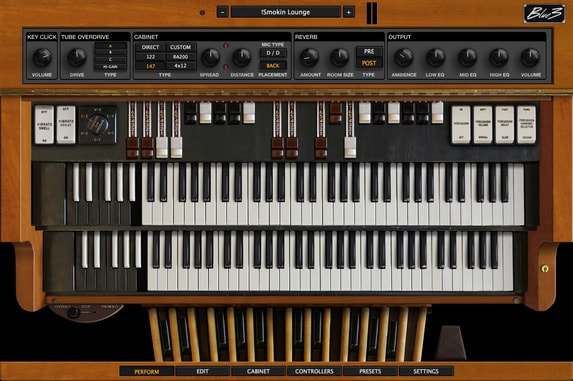
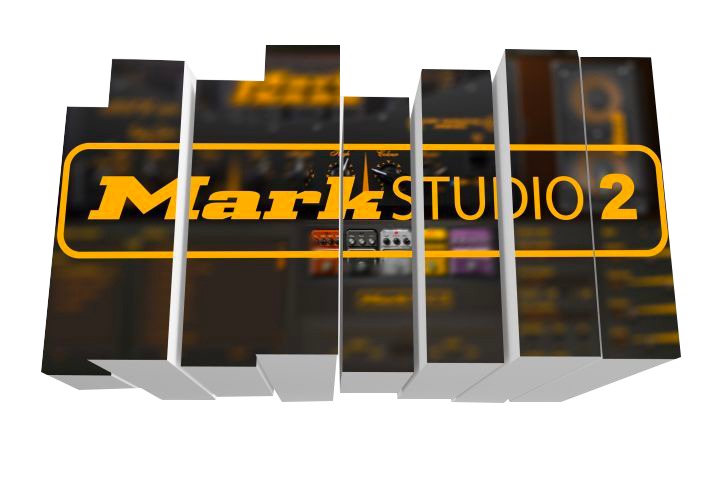
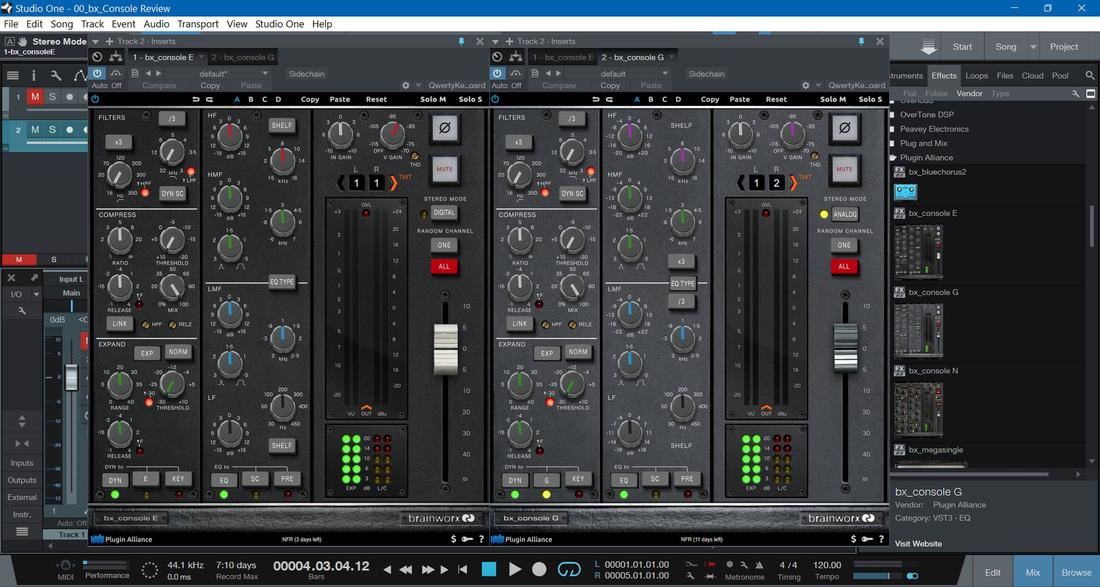
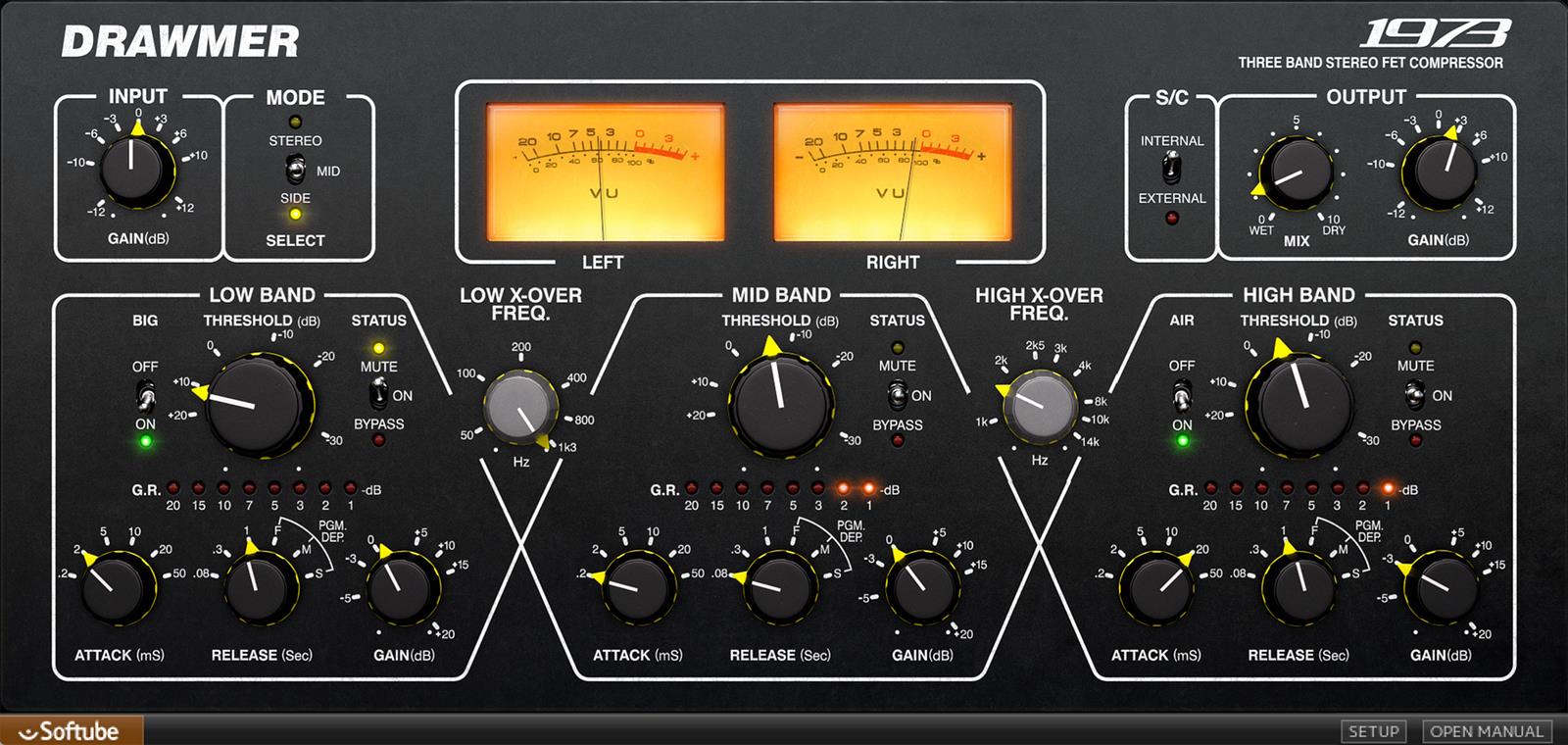

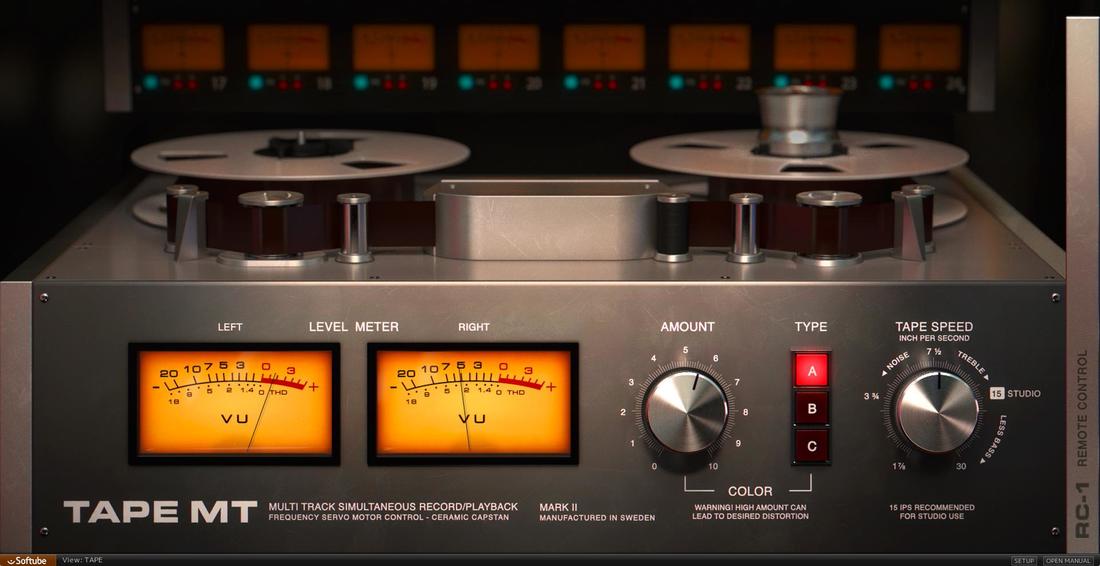
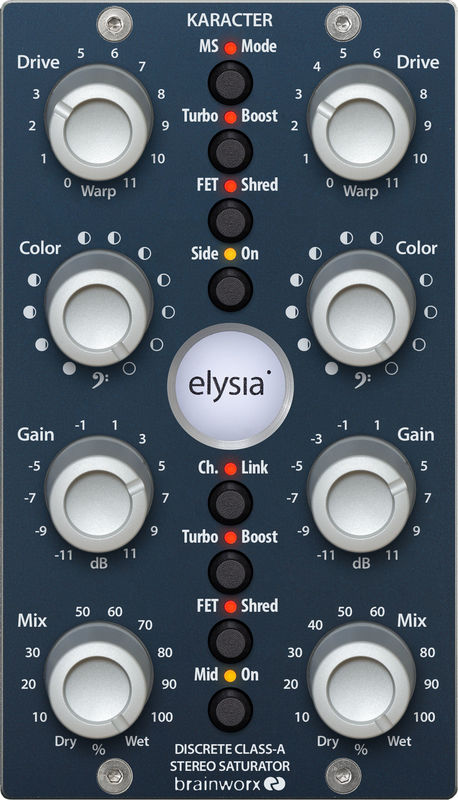
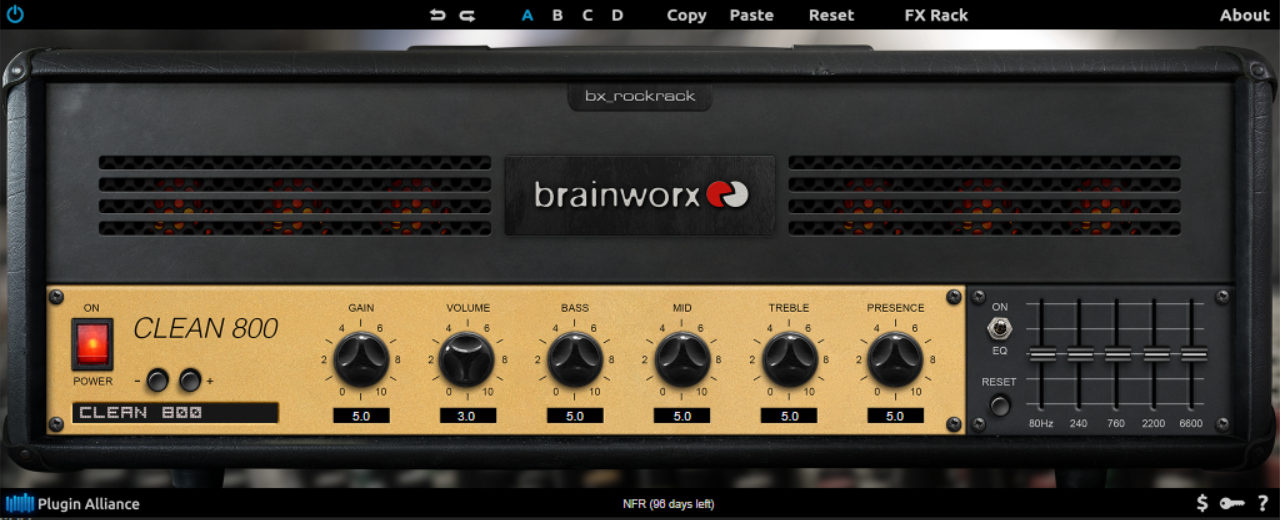
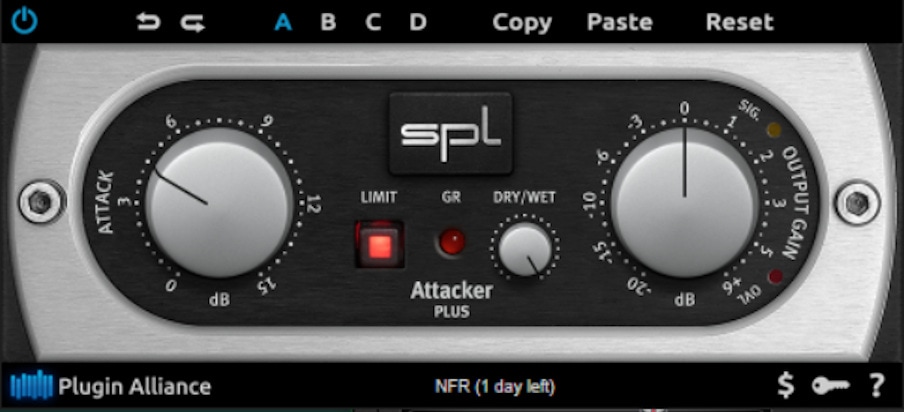
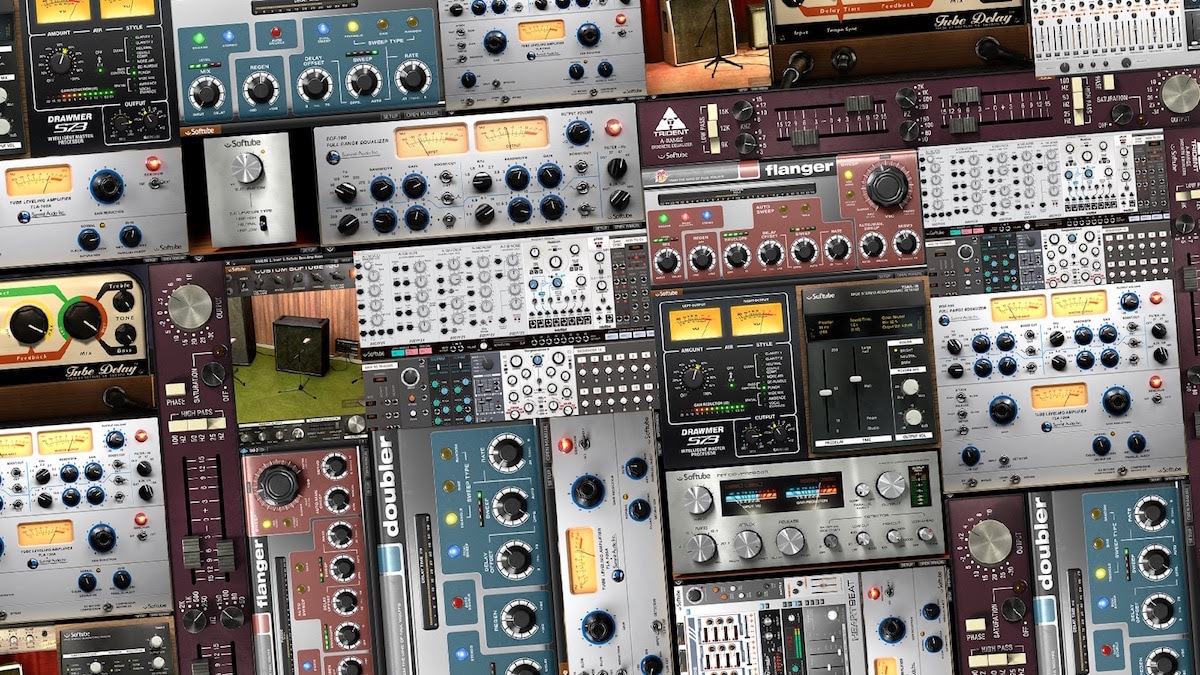

 15% OFF Summer Sale!
15% OFF Summer Sale!
 RSS Feed
RSS Feed

